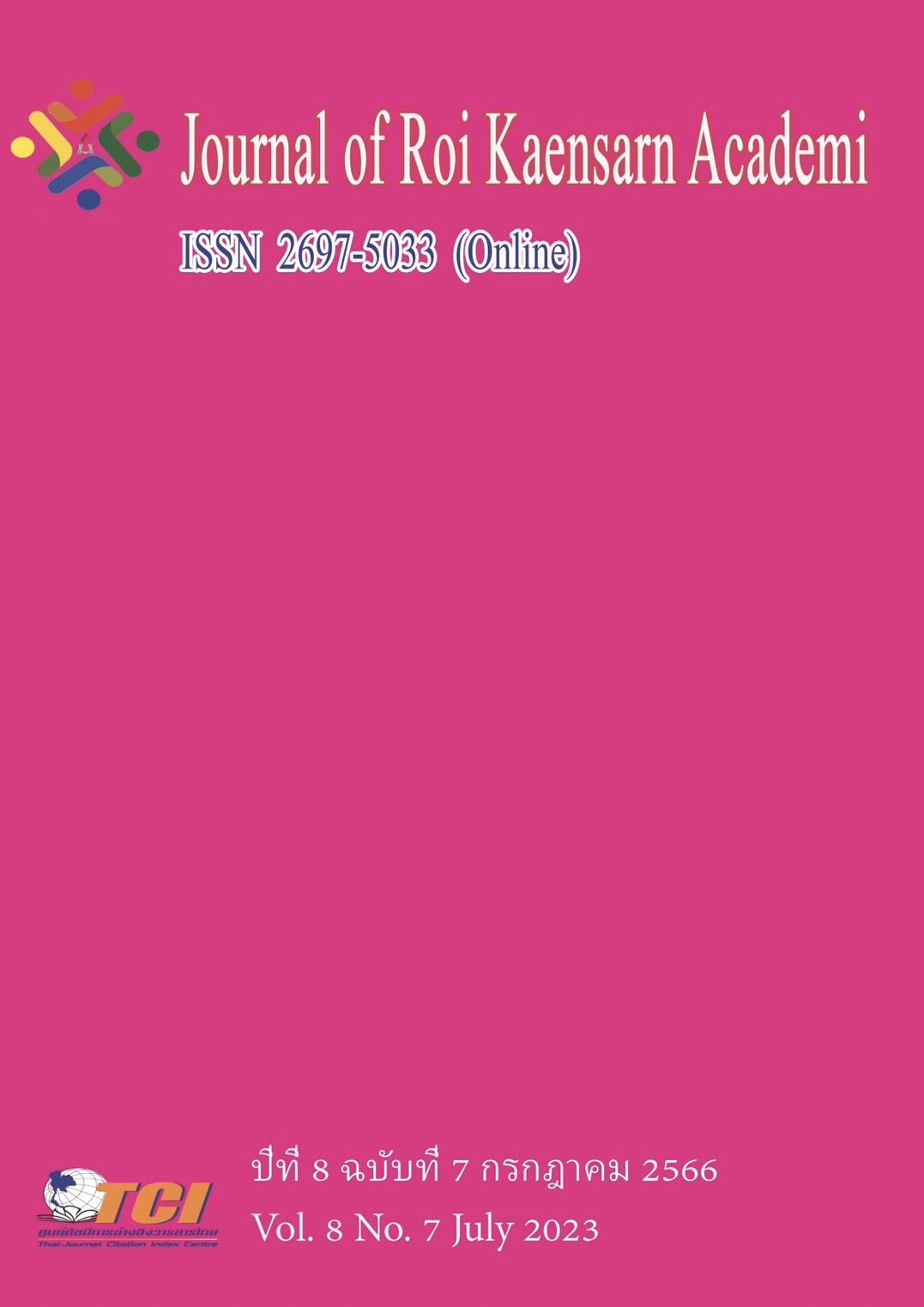A Study of the Parent-Child Experience Design for Public Space of Community Shopping Center: A Case Study of Tianjin Future World Shopping Center
Main Article Content
บทคัดย่อ
With the increase of the proportion of children to the population and the per capita expenditure on education, culture and entertainment of households across the country, parent-child consumption is a very important economic behavior at present and has great potential in the future. In addition, with the decline of Engel's coefficient, people's consumption structure has gradually changed from satisfying the purpose of food and clothing to enjoyment-based experiential consumption. Among them, parent-child consumption is particularly obvious in the excessive consumption of experiential consumption due to its special customer demand attributes. However, in the past 10 years, China's real estate has exploded and a large number of shopping centers have been built and opened, but the design concept of shopping center space cannot fully keep up with changes in consumer demand. Therefore, the purpose of this study is to conduct research and analysis from the level of consumer cognition, physiological needs and psychological needs, and derive the parent-child experience design strategy of public space in community shopping center, and verify it through design prototypes.
This study uses questionnaire research to use the design prototype of Future World Shopping Center in Tianjin, China to conduct design verification, and qualitatively study the theme of public space experience design of community shopping centers.
For the survey results, this study first uses SPSS data analysis software as an analytical tool, and analyzes the "consumers' cognition of community shopping centers", "consumers' physiological needs for public space in community shopping centers", "consumers' psychological needs for public space in community shopping centers" and "consumers' social background" in the questionnaire by using the percentage method. After reaching the preliminary analysis conclusion, the Future World Shopping Center will be used as a design prototype to verify the feasibility of the research results.
Through a series of theoretical research, practical research and design prototype verification, this study draws the following conclusions:
1. Based on consumer cognition, parent-child customer entertainment learning should be designed as the main customer journey, and consumer shopping needs should be integrated into it. Moreover, for the spatial style of the shopping center, it is necessary to work the high style and aesthetic level;
2. Based on the physiological needs of consumers, humanized power configurations in terms of safety and convenience should be designed according to the different physiological characteristics of parent-child customers;
3. Based on the psychological needs of consumers, devices or activity planning that parent-child customers can participate in should be designed.
Article Details
เอกสารอ้างอิง
Cecilia, A. (2021). Public Space and the New Urban Agenda. Routledge.
Chen, S-S. (2022). The Research of Experiential Design in public space of Shopping Mall (Master's thesis). South China University of Technology Guangzhou, China.
Experience Design. (n.d.). Baidu Encyclopedia. https://baike.baidu.com/item/ %E4%BD% 93%E9%AA%8C%E8%AE%BE%E8%AE%A1?fromModule=lemma_search-box
Kusumowidagdo, A., Sachari, A., & Widodo, P. (2013). The Setting of Internal Shopping Centres’ Public Spaces and Their Relationship to the Visitors. GSTF International Journal of Engineering Technology (JET). 2 (1), 211-219.
Mitrašinović, M., & Mehta, V. S. (2021). Public Space Reader. Routledge.
National Bureau of Statistics of China. (2021). Bulletin of the Seventh National Population Census. Chinese Government Website. https://www.gov.cn/guoqing /2021-05/13/ content_5606149.htm
Ouyang, S.-S. (2016). Research on the composition logic of public space in large shopping malls (Master's thesis). Hunan University.
Shedroff, N. (2001). Experience Design. (1st ed). Waite Group Press.
U.S. Shopping-Center Classification and Characteristics. (2017). Online. Retrieved from https://www.icsc.com/uploads/research/general/US_CENTER_CLASSIFICATION.pdf
Xiong. S.-M. (2021, January 14). 2020 Top 100 New Shopping Center Openings of Interest to Brands. Chinese Government Website. Hanbroad. Online. Retrieved http://www. hanbroad.cn/Template/newsinfo.aspx?page=ContentPage&nodeid=26&contentid=2161

